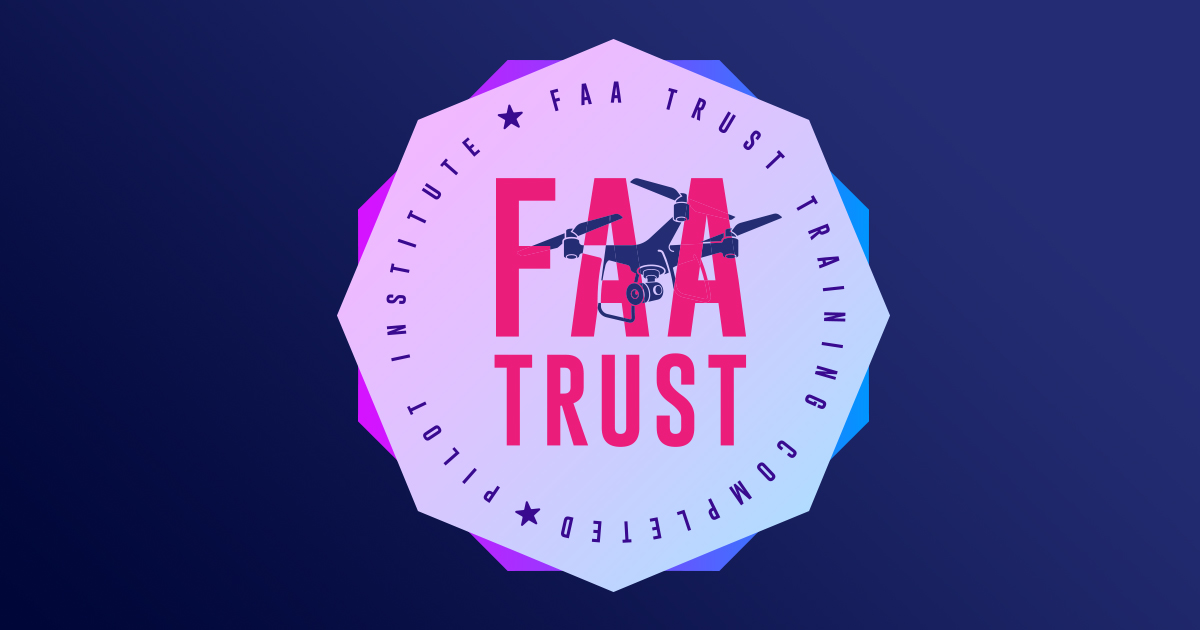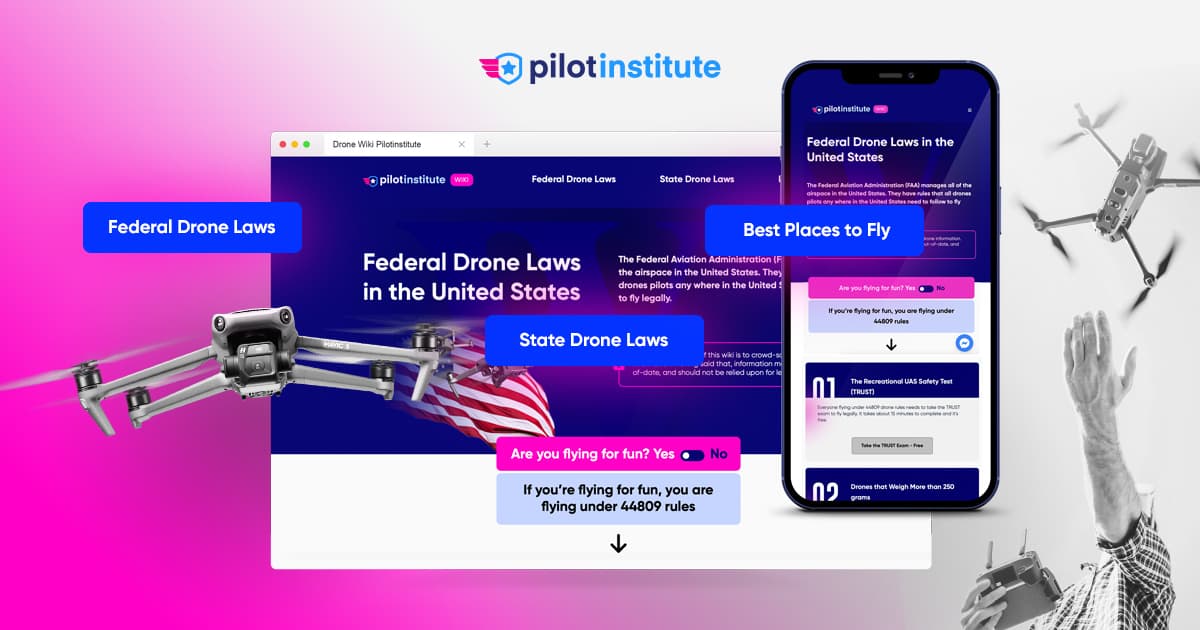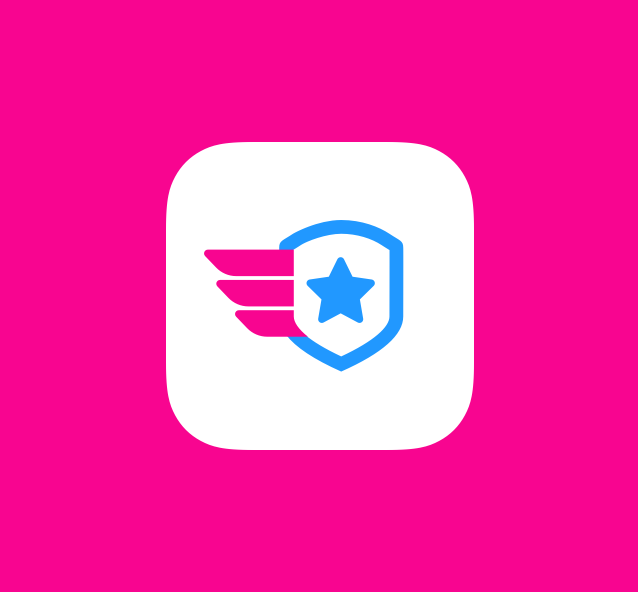You are using an out of date browser. It may not display this or other websites correctly.
You should upgrade or use an alternative browser.
You should upgrade or use an alternative browser.
North Georgia
- Thread starter JPayne
- Start date
Welcome to the forum and congrats on the new drone! If you don't have a case to carry it yet, check out our cases.
dirkclod
Well-Known Member
- Joined
- Oct 12, 2016
- Messages
- 28,328
- Reactions
- 31,188
- Location
- Harrisburg, PA (US)
- Site
- mavichelp.com
Welcome to the forum! 
Here are some things to help you get started with your drone:
Here are some things to help you get started with your drone:
- Download the DJI manual for your drone here (it doesn't come in the box). The manual is packed with lots of useful tips and will give you a better understanding of your drone's features.
- Check out this getting started guide for some tips not found in the DJI manual.
- Your drone batteries will last longer if you use and maintain them like this.
- Practice flying outdoors in a wide open location that's free of all obstacles. Don't attempt to fly inside your house or in other confined locations.
- The drone records flight data each time you fly. You can decrypt and view those flight logs with these tools.
- Check out MavicHelp.com for commonly used accessories you might need.
Hello from the Crossroads of America JPayne
Nice to meet you Johnny.
If you havent done it yet, you should register the aircraft with the FAA and take the TRUST test and keep a copy with you when you fly.
 faadronezone-access.faa.gov
faadronezone-access.faa.gov

 trust.pilotinstitute.com
trust.pilotinstitute.com
Good luck and welcome to the Forum.
Nice to meet you Johnny.
If you havent done it yet, you should register the aircraft with the FAA and take the TRUST test and keep a copy with you when you fly.
FAADroneZone

FAA TRUST Online Portal for Recreational Drone Operators - Pilot Institute
Get your FAA TRUST Certificate of Completion to legally fly drones for recreational reasons in the United States.
Good luck and welcome to the Forum.
Kendallfordguy
Well-Known Member
D
Deleted member 170899
Guest
Welcome from another Air 2S pilot!
Hello, my name is Johnny and I live around 60 miles North of Atlanta Georgia. I purchased my first drone a Mavic Air 2S.
Greetings from Birmingham Alabama USA, welcome to the forum! We look forward to hearing from you!
Welcome to the forum from the beautiful woods of Maine!
kalimah
Well-Known Member
Welcome to the forum and congrats on your purchase.
Hello, my name is Johnny and I live around 60 miles North of Atlanta Georgia. I purchased my first drone a Mavic Air 2S.
Welcome to the forum. You live in a wonderful area for flying drones. Using the FAA's B4YOUFLY app I didn't see any restricted or prohibited areas nearby. The Atlanta area is a very different story.
Hello, my name is Johnny and I live around 60 miles North of Atlanta Georgia. I purchased my first drone a Mavic Air 2S.
Here's the online version of B4YOUFLY. The DJI Fly app provides information on restricted and prohibited areas, but B4YOUFLY is the ultimate word. There's a phone app, too.
Air Aware - The Leading Airspace & Situational Awareness Tool for Drone Operators
Can I fly my drone here? Use Air Aware on the web or mobile devices to check the airspace for federal & local UAS rules & regulations before taking flight.
Last edited:
LoudThunder
Part 107 Licensed
I purchased my first drone a Mavic Air 2S.
Welcome from the Hampton Roads area of Virginia, USA. We have a Member's Map in the Upper Right of the Title Bar. Click on "Members" and then Click on "Member's Map…" Check it out and you might find some new flying friends.
Member Map
As a New Drone Pilot, there are a couple of Legal Things you may need to do…
I see that @MA2 317 has already given you the heads-up on the TRUST Certificate, but your drone weighs more than 250 Grams so it must be registered…
Link to the FAADroneZone (Registration for Drones over 250-Grams…)
FAADroneZone
If you are considering acquiring your Part 107 License, here is a link to get you going…
Online Ground School: Aviation Classes - Pilot Institute
Pilot Institute offers courses on drones and airplanes from world-class experts. Pass the Part 107 or Private Pilot exam and take to the skies.
Since you live in Georgia, there are specific laws and rules for you to follow, please check the link below for all the Rules and Laws that are in effect in your neck of the woods and it also links you to some of the Best Places to Fly in your area… Also, if you travel on vacation, visit friends, and relatives in other parts of the country, check back here so you do not run afoul of the law.

Drone Laws and Best Places to Fly in Every US State - Pilot Institute
Even if you have flown Drones before, here is some Good Old Fashion Advice…
You paid a lot of money for that Drone, put your phone number on it. If your drone gets lost or stuck in a tree and it finally comes down when you are not around, give the finders an opportunity to contact you so it can be returned.
Now, for the Fun Part, But do not let the excitement of the moment get the best of you. When you are going out to fly, do it slowly and deliberately. Get used to a set procedure and even practice it.
There are so many things I could write but these are the highlights that I feel need mentioning.
Plug in your phone/tablet into your controller; turn on the Controller and DJI Fly App (if it does not start on its own…). On the Drone, open the front legs, then open the back legs, then remove the Gimbal Cover.
The Gimbal is the most delicate item on the Drone and banging or bumping can damage it. I also fastened a short "Remove Before Flight" ribbon to the cover so it's more noticeable and I do not forget to remove it…
Turn on the drone and watch it come to "life." Watching the Gimbal go through its self-check is almost like watching a kitten or puppy opening its eyes for the first time…
Place the drone down (preferably on a Landing Pad) while it finishes its self-test (collecting satellites, etc…).
Check your battery status (Phone, Drone, and Controller), check the Signal Strength, by now the Controller should have reported it updated the Home Point.
Lift off, 4-5 feet (1-1/2 meters) or so, hover a bit, check the controls (move the drone a bit forward, back, left, right, yaw left and right). By now, your Controller will probably report again, Home point Updated.
If you go out in a rush and race thru your start up and take off before the drone has finished it prep, it may update its Home Point over that pond or that old tree you are flying over and in your excitement, you'll fly the drone long past it Low Battery point and when it engages Return to Home and lands in the pond or in a tree; it will be all on you…
Now go have fun, learn to fly the drone by sight before you try to fly it out a distance depending on the video feed, FPV.
I would also advise you to use YouTube and watch a lot of the Videos on flying and setting up the Drone. When it is too dark, too cold, or too wet, you can "fly it vicariously" through YouTube. Also watch some of the Blooper Drone Videos and learn how not to fly your "New Baby."
Below is the link to all of the downloads offered by DJI for the Mavic Air 2s, including the User Manual.
After you read the Manual, read it again, you will be surprised what you missed the first time and you will be better prepared for that first "scary moment…"

Happy Droning…
twickers14
Well-Known Member
Welcome. You’ve joined a great bunch of people and access to loads of help and advice. Some of the best is above.
Welcome to the forum, Sandy Springs, just south of you. We look forward to your participation and your view of the world.
Thank you very much. The links you supplied are a gold mine of information.Welcome to the forum!
Here are some things to help you get started with your drone:
- Download the DJI manual for your drone here (it doesn't come in the box). The manual is packed with lots of useful tips and will give you a better understanding of your drone's features.
- Check out this getting started guide for some tips not found in the DJI manual.
- Your drone batteries will last longer if you use and maintain them like this.
- Practice flying outdoors in a wide open location that's free of all obstacles. Don't attempt to fly inside your house or in other confined locations.
- The drone records flight data each time you fly. You can decrypt and view those flight logs with these tools.
- Check out MavicHelp.com for commonly used accessories you might need.
MA2 317" data-source="post: 1514185" class="bbCodeBlock bbCodeBlock--expandable bbCodeBlock--quote js-expandWatch">Hello from the Crossroads of America JPayne
Nice to meet you Johnny.
If you havent done it yet, you should register the aircraft with the FAA and take the TRUST test and keep a copy with you when you fly.
FAADroneZone
faadronezone-access.faa.gov

FAA TRUST Online Portal for Recreational Drone Operators - Pilot Institute
Get your FAA TRUST Certificate of Completion to legally fly drones for recreational reasons in the United States.trust.pilotinstitute.com
Good luck and welcome to the Forum.
I did register the aircraft with the FAA and have taken the TRUST test. I don't plan on using my drone as a business , but will take the test FAA 107 sooner than later. Thanks for the reply
Thank you for the helpful information. I am slow and steady when flying. I was surprised at the learning curve . I have operated equipment that had joy sticks and thought I would take to the drone fairly easy, but that's not gonna happen.Welcome from the Hampton Roads area of Virginia, USA. We have a Member's Map in the Upper Right of the Title Bar. Click on "Members" and then Click on "Member's Map…" Check it out and you might find some new flying friends.
Member Map
mavicpilots.com
As a New Drone Pilot, there are a couple of Legal Things you may need to do…
I see that @MA2 317 has already given you the heads-up on the TRUST Certificate, but your drone weighs more than 250 Grams so it must be registered…
Link to the FAADroneZone (Registration for Drones over 250-Grams…)
FAADroneZone
faadronezone.faa.gov
If you are considering acquiring your Part 107 License, here is a link to get you going…

Online Ground School: Aviation Classes - Pilot Institute
Pilot Institute offers courses on drones and airplanes from world-class experts. Pass the Part 107 or Private Pilot exam and take to the skies.pilotinstitute.com
Since you live in Georgia, there are specific laws and rules for you to follow, please check the link below for all the Rules and Laws that are in effect in your neck of the woods and it also links you to some of the Best Places to Fly in your area… Also, if you travel on vacation, visit friends, and relatives in other parts of the country, check back here so you do not run afoul of the law.

Drone Laws and Best Places to Fly in Every US State - Pilot Institute
pilotinstitute.com
Even if you have flown Drones before, here is some Good Old Fashion Advice…
You paid a lot of money for that Drone, put your phone number on it. If your drone gets lost or stuck in a tree and it finally comes down when you are not around, give the finders an opportunity to contact you so it can be returned.
Now, for the Fun Part, But do not let the excitement of the moment get the best of you. When you are going out to fly, do it slowly and deliberately. Get used to a set procedure and even practice it.
There are so many things I could write but these are the highlights that I feel need mentioning.
Plug in your phone/tablet into your controller; turn on the Controller and DJI Fly App (if it does not start on its own…). On the Drone, open the front legs, then open the back legs, then remove the Gimbal Cover.
The Gimbal is the most delicate item on the Drone and banging or bumping can damage it. I also fastened a short "Remove Before Flight" ribbon to the cover so it's more noticeable and I do not forget to remove it…
Turn on the drone and watch it come to "life." Watching the Gimbal go through its self-check is almost like watching a kitten or puppy opening its eyes for the first time…
Place the drone down (preferably on a Landing Pad) while it finishes its self-test (collecting satellites, etc…).
Check your battery status (Phone, Drone, and Controller), check the Signal Strength, by now the Controller should have reported it updated the Home Point.
Lift off, 4-5 feet (1-1/2 meters) or so, hover a bit, check the controls (move the drone a bit forward, back, left, right, yaw left and right). By now, your Controller will probably report again, Home point Updated.
If you go out in a rush and race thru your start up and take off before the drone has finished it prep, it may update its Home Point over that pond or that old tree you are flying over and in your excitement, you'll fly the drone long past it Low Battery point and when it engages Return to Home and lands in the pond or in a tree; it will be all on you…
Now go have fun, learn to fly the drone by sight before you try to fly it out a distance depending on the video feed, FPV.
I would also advise you to use YouTube and watch a lot of the Videos on flying and setting up the Drone. When it is too dark, too cold, or too wet, you can "fly it vicariously" through YouTube. Also watch some of the Blooper Drone Videos and learn how not to fly your "New Baby."
Below is the link to all of the downloads offered by DJI for the Mavic Air 2s, including the User Manual.
After you read the Manual, read it again, you will be surprised what you missed the first time and you will be better prepared for that first "scary moment…"

Happy Droning…
LoudThunder
Part 107 Licensed
To help keep the responsiveness down and keep it slow, keep the drone in Cine Mode and I recommend that you removed the Throttle Stick. Sound weird, not at all; you can still give it throttle and Yaw by rolling your thumb on the ball gimbal…I would take to the drone fairly easy, but that's not gonna happen.
You place your thumb on the case just below the throttle ball gimbal and push it slowly up and you will have complete control. If you do the same with the Pitch/Roll stick, you can hold that drone is such a slow forward movement that it might lose a race with a slug…
I often do this when I am flying in a nice slow Video shoot and I do not want to make sudden movements.
Keep it low and slow, Good Luck!
Similar threads
- Replies
- 5
- Views
- 494
- Replies
- 23
- Views
- 1K
DJI Drone Deals
1. Mini 2
2. Mini 3 Pro
3. Mini 4 Pro
4. Air 2s
5. Air 3
6. Avata 2
7. Mavic 3 Pro
8. Mavic 3 Classic
2. Mini 3 Pro
3. Mini 4 Pro
4. Air 2s
5. Air 3
6. Avata 2
7. Mavic 3 Pro
8. Mavic 3 Classic
New Threads
-
-
3 Spring rain turn to snow in the mountain
- Started by alex_markov
- Replies: 0
-
-
-











